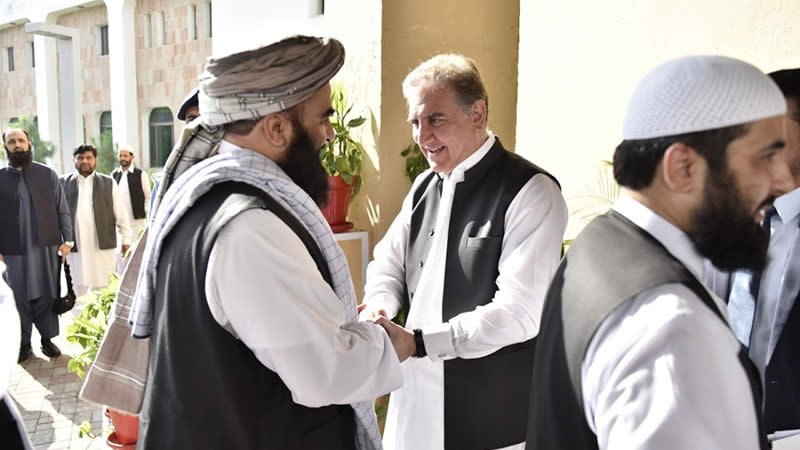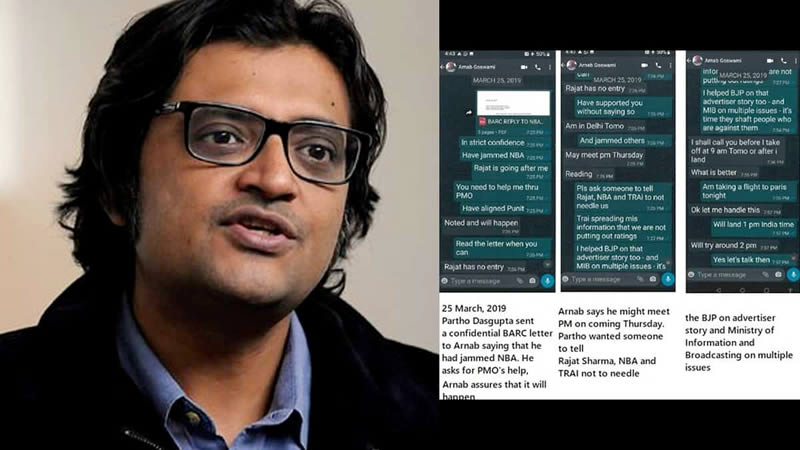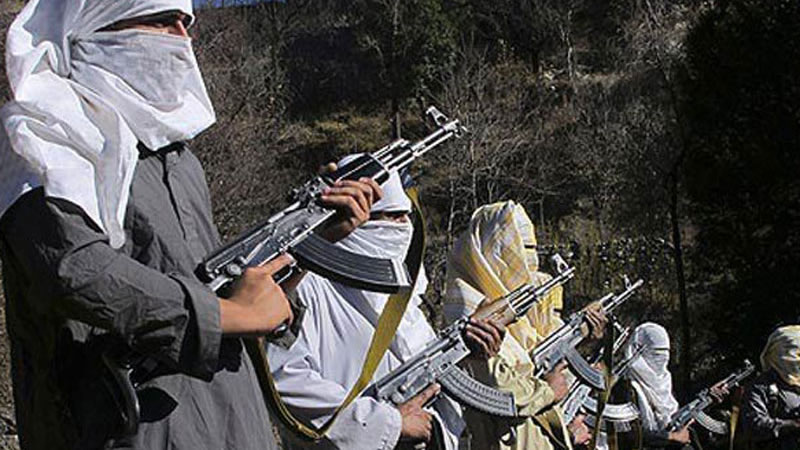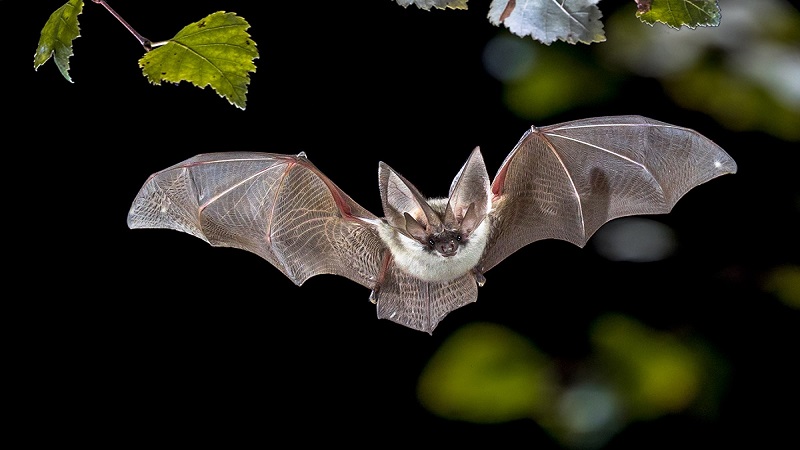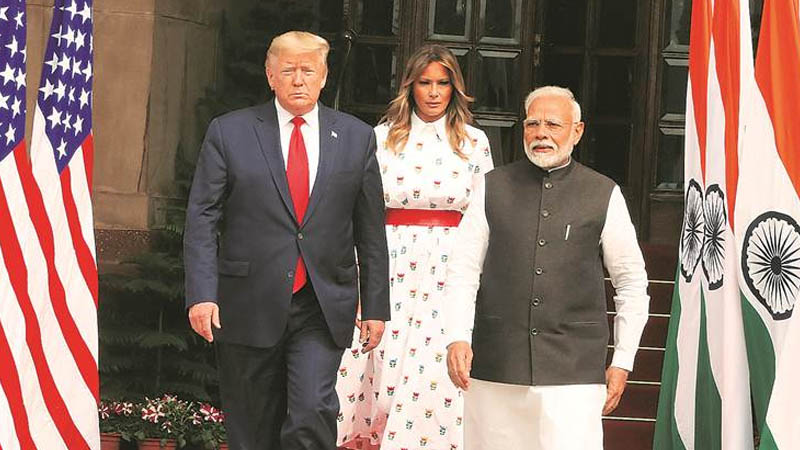 The most recent of the games being played between the US/Nato-Afghan government and our military establishment has been a meeting held two weeks ago between the Karzai government and three Taliban leaders who were shuttled into Afghanistan from Peshawar. Considering that one of the participants was Anwarul Haq Mujahed, a terrorist leader who is in custody in Peshawar, it is not likely that the Pakistani establishment was not aware of the movement of these men who were taken by helicopter from Peshawar. The other two men were the former Taliban governor of eastern Nangarhar province in Afghanistan, Maulvi Abdul Kabir, and his deputy governor Sedre Azam. Such high-profile men crossing over into Afghanistan for two days under security is only possible with the cooperation of our own intelligence.It seems that a game plan is afoot to deal with the Afghan Taliban who have taken refuge in Pakistan’s North Waziristan (NW) Agency. Considering that for reasons of geography, strategy and their alleged links with al Qaeda, it is the Haqqani network that is creating massive hurdles for Afghan and NATO forces in the relatively developed and Pashtun-dominated eastern Afghan provinces, the Afghan government and, of course, the US would be looking for ways to disable the network. In addition to applying pressure on the Pakistan Army to launch an offensive in NW, they seem to be employing Petraeus’ favoured tribal in-roading technique to create splits in the Haqqani network — a method used by the NATO commander to enlist Sunni tribes in Iraq to fight the resistance to US occupation. The fact that Kabir belongs to the same Zadran tribe as Jalaluddin and Sirajuddin Haqqani suggests that by using tribal links against the Haqqani network, the US and Afghanistan are employing another tactic to wrestle Afghanistan into a position where smooth US withdrawal will be possible. It is an attempt to destabilise the Haqqani network from the inside by increasing the chances of intra-tribal conflict.
The most recent of the games being played between the US/Nato-Afghan government and our military establishment has been a meeting held two weeks ago between the Karzai government and three Taliban leaders who were shuttled into Afghanistan from Peshawar. Considering that one of the participants was Anwarul Haq Mujahed, a terrorist leader who is in custody in Peshawar, it is not likely that the Pakistani establishment was not aware of the movement of these men who were taken by helicopter from Peshawar. The other two men were the former Taliban governor of eastern Nangarhar province in Afghanistan, Maulvi Abdul Kabir, and his deputy governor Sedre Azam. Such high-profile men crossing over into Afghanistan for two days under security is only possible with the cooperation of our own intelligence.It seems that a game plan is afoot to deal with the Afghan Taliban who have taken refuge in Pakistan’s North Waziristan (NW) Agency. Considering that for reasons of geography, strategy and their alleged links with al Qaeda, it is the Haqqani network that is creating massive hurdles for Afghan and NATO forces in the relatively developed and Pashtun-dominated eastern Afghan provinces, the Afghan government and, of course, the US would be looking for ways to disable the network. In addition to applying pressure on the Pakistan Army to launch an offensive in NW, they seem to be employing Petraeus’ favoured tribal in-roading technique to create splits in the Haqqani network — a method used by the NATO commander to enlist Sunni tribes in Iraq to fight the resistance to US occupation. The fact that Kabir belongs to the same Zadran tribe as Jalaluddin and Sirajuddin Haqqani suggests that by using tribal links against the Haqqani network, the US and Afghanistan are employing another tactic to wrestle Afghanistan into a position where smooth US withdrawal will be possible. It is an attempt to destabilise the Haqqani network from the inside by increasing the chances of intra-tribal conflict.
Why should Pakistan allow this to happen, when one considers the lengths our establishment has gone to nurture the Afghan Taliban? Although in the murky world of intelligence things are unpredictable, it may be ventured that the Pakistan establishment may be investing in the virtue of patience for its ultimate goal. In the past, we may have trumpeted high hopes of an all-Taliban government in post-US Afghanistan but US pressure for an operation in NW and our own fight against the local Taliban may have lowered the establishment’s aims. Making it clear that it expects to be centre-stage in any Afghan talks, Pakistan may very well facilitate this kind of tribal fractioning to take the heat off itself without having to launch a full-scale offensive in NW. When the US leaves, however, the Taliban that we have nurtured could very well be used to tackle an Afghan government and army that may be no better than sitting ducks. The Pakistan Army is not about to abandon the strategic advantage it has been trying to cultivate in Afghanistan; this could just be yet another ambiguous policy.
Meanwhile the explosives found stashed in passenger planes bound for the US have revealed themselves to be of Yemeni origin. Al Qaeda has been spreading its tentacles broadly in the region since 9/11. While the central leadership may be bottled up in the Pak/Afghan border areas, autonomous al Qaeda offshoots are refining their techniques and are aiming to mount attacks against the west. That reinforces the logic of the moves against the al Qaeda-linked Haqqani network, a tactic that may suit our military establishment and help strengthen Mulla Omar’s position in a post-withdrawal Afghanistan – Dailytimes


